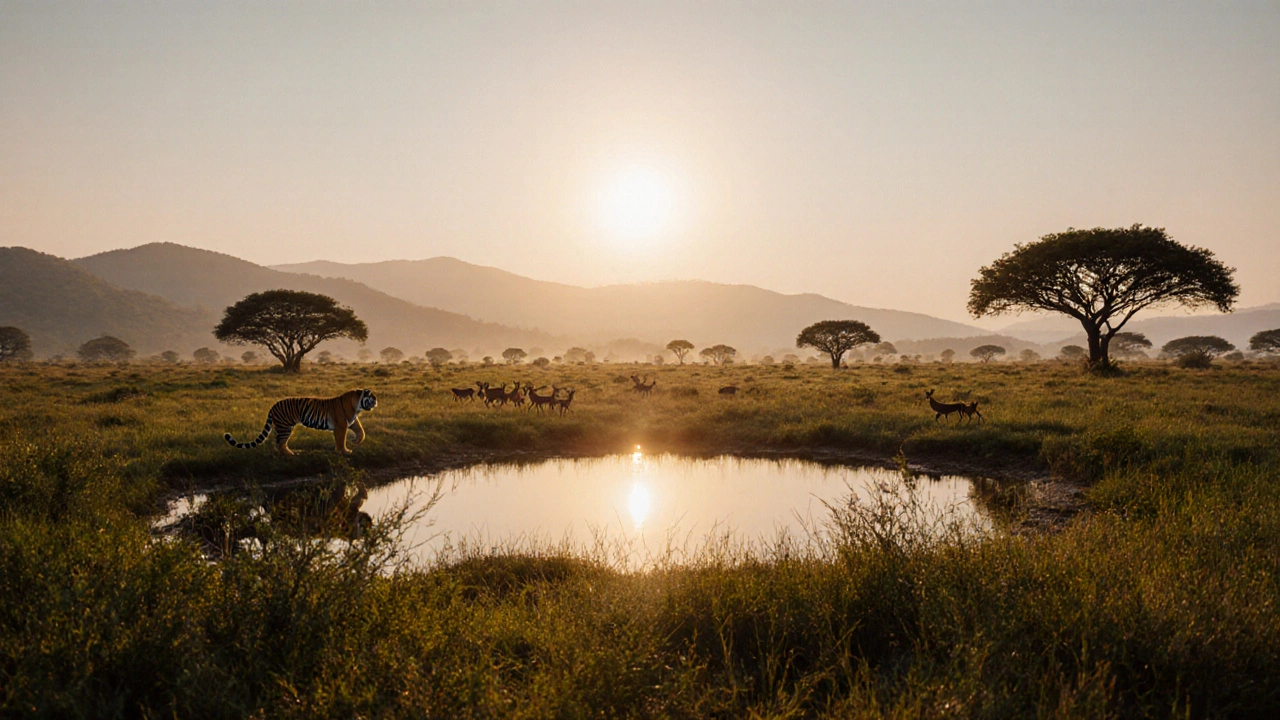
Learn which animals can live in a wildlife sanctuary, the legal rules, common species, and tips for starting or visiting a sanctuary.
When talking about animals in sanctuary, wildlife that lives under legal protection inside designated reserves across India. Also known as protected fauna, it represents a core part of the country’s biodiversity, the variety of plant and animal life in a region. A wildlife sanctuary, an officially declared protection zone where ecosystems are left to function naturally provides the habitat where these species thrive. Effective conservation, activities aimed at preserving ecosystems, preventing poaching, and restoring habitats measures are essential to keep populations stable. Growing eco‑tourism, responsible travel that supports local conservation and community livelihoods also helps fund sanctuary management, create jobs, and raise awareness among visitors.
Travelers often wonder if a sanctuary visit is safe and affordable. Recent safety guides for India (2025) confirm that most protected areas have low crime rates and clear visitor rules, making them suitable for families, solo explorers, and senior tourists alike. Budget‑friendly options exist too – entry fees are usually modest, and you can combine a train ride (similar to senior‑friendly rail tips) with a shared jeep to keep costs low, just as you would when planning a trip to the Taj Mahal or a coastal beach city. Seasonal timing matters: many sanctuaries are best visited just after the monsoon when water sources are full and wildlife, especially elephants and big cats, become more active, echoing advice for the best months to explore the Golden Triangle. Pack breathable clothing, a sturdy pair of binoculars, a reusable water bottle, and a basic first‑aid kit; these small steps reduce waste and keep you comfortable during long hikes.
States like Madhya Pradesh, Karnataka, and Uttarakhand lead the country with the highest number of sanctuaries, offering everything from the tiger‑rich Kanha National Park to the bird‑watching paradise of Keoladeo. Each sanctuary has its own set of guidelines – for example, staying on marked trails to protect fragile grasslands, maintaining silence during sunrise drives to avoid startling animals, and using eco‑friendly sunscreens that won’t harm aquatic life. If you’re a photographer, early morning light provides the best chance to capture vivid colors without disturbing the subjects. Many sanctuaries also run community‑led programs where visitors can learn traditional conservation techniques from local tribes, adding a cultural layer to the natural experience.
Understanding how animals in sanctuary interact with their protected habitats, the role of conservation policies, and the impact of eco‑tourism helps you become a responsible traveler. The articles below dive deeper into specific wildlife hotspots, provide detailed budgeting tips, outline safety precautions, and suggest the ideal times of year to plan your visit. Scroll down to get practical insights that will turn your curiosity into a well‑prepared adventure across India’s most cherished sanctuaries.

Learn which animals can live in a wildlife sanctuary, the legal rules, common species, and tips for starting or visiting a sanctuary.